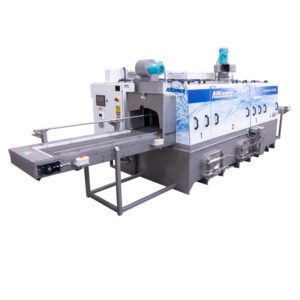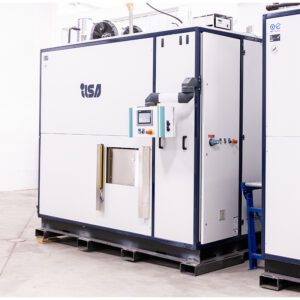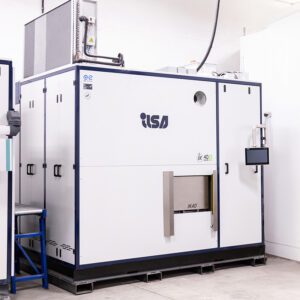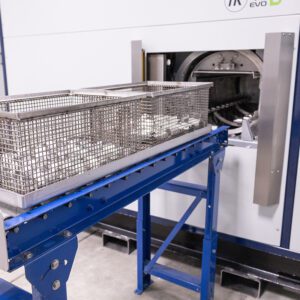What is Methylene Chloride?
Methylene chloride, or dichloromethane (DCM), is a colorless, volatile chemical with a sweet odor. It is widely used in various consumer and commercial applications, including adhesives, sealants, automotive products, paint removers, metal cleaning and degreasing. Despite its utility, methylene chloride poses health risks from inhalation or dermal exposure.
How is Methylene Chloride used for cleaning and degreasing?
Methylene chloride, or dichloromethane, can be a very effective way to clean metal components and other materials. These products can be used as a vapor degreasing solvent or blended with petroleum and other hydrocarbons as a dip-type cleaner for applications such as pretreatment prior to painting, plating or application of plastic coatings. Methylene Chloride can also be used in a cleaning process known, as “cold cleaning”. In cold cleaning metal processes, the solvent be applied to a rag and parts can be manually hand wiped. Another method of cold cleaning can include spraying parts in a degreasing tank, where the parts can soak, and material can be drained away.
Why do I need to change from using Methylene Chloride used for cleaning and degreasing?
New regulations imposed by EPA include significant restrictions on the use of methylene chloride:
- Distribution for consumer use is prohibited after May 5, 2025.
- Most commercial uses will be prohibited after April 28, 2026.
- Specific furniture refinishing uses are allowed until May 8, 2029, with workplace protections, after which they will be prohibited.
Options for Methylene Chloride or Dichloromethane Alternatives:
In terms of industrial metal cleaning, there could be a range of Methylene Chloride solvent substitute options, depending on your specific use and metal degreasing application. Alternatives to Methylene Chloride or Dichloromethane may include:
- Environmentally friendly alternatives. If you need to keep your process intact, finding a similar replacement to Methylene Chloride or Dichloromethane might be an easy option. There are several similar products on the market, but you would have to research the products to determine if they are a viable Methylene Chloride alternative. Some products can perform similarly in cleaning results, but they may not work as fast, which may extend the time of the cleaning process. The potential bans on Methylene Chloride have driven several chemical manufacturers to develop suitable replacements.
- Aqueous cleaning processes. There are a wide variety of cleaning processes that use water and water-based detergents for metal cleaning and degreasing. Water based cleaning processes typically consist of the following elements: water (carrier for detergent), cleaning detergent, mechanical action, temperature and time. Water can be used for cleaning a wide variety of contaminants. Typical aqueous cleaning process usually consists of either an immersion bath or spray application. Aqueous based cleaning methods are very typically sized based on application and product to be cleaned. Aqueous based cleaning machines can range from small batching processes to large inline high volume production systems.





- Vacuum degreasing. Vacuum degreasing is another method that uses solvents for cleaning, but vapors are contained with a sealed chamber. Vacuum vapor degreasers can replace Methylene Chloride or Dichloromethane using modified alcohols or hydrocarbon solvents to clean and dry inside a vacuum chamber. Vacuum degreasers are very effective in cleaning metal and other substrates. These systems are very effective at containing the solvents in a closed loop system, which presents little to no exposure to the machine operator.






- Over the course of the past several decades, various cleaning detergents and solvents have been under the watchful eye of the EPA and other agencies. Changing regulations can have an impact on a wide range of industries when it related to manufacturing processes, including parts cleaning and degreasing operations. Most parts cleaning applications might have several alternative methods that may work as a replacement to phased-out solvents, but each application is different. Finding the best, most cost-effective method for a replacement cleaning process requires a full understanding of the true level of cleanliness and dryness required to satisfy the next process and/or end customer requirements.